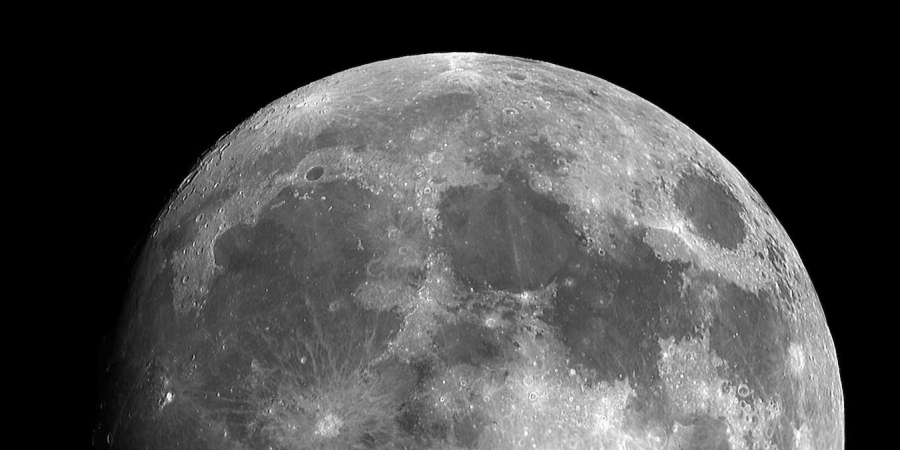

Earth's sole natural satellite is the Moon. It circles the Earth around thirty times its diameter, or 384,400 km (238,900 mi) on average. The Moon always faces the same direction due to tidal locking brought on by Earth's gravity throughout time. As a result, at 29.5 Earth days, the lunar day and lunar month have the same length. Earth's tides are primarily caused by the gravitational pull of the Moon and, to a lesser extent, the Sun.
All moons have the same name as ours because, up to Galileo Galilei's discovery of four moons orbiting Jupiter in 1610, no one was aware that there were other moons. Luna is the primary adjective for anything relating to the Moon and was the name given to the Moon in Latin.
In 27 Earth days, the Moon completes its orbit around the planet and rotates or spins at the same speed or duration. From our perspective, the Moon appears to orbit us every 29 days because Earth is also in motion, revolving on its axis while it orbits the Sun.
Moon rotation is known as Synchronous rotation, in which the same hemisphere of the Moon always faces Earth since its rotation is identical to that of Earth. The term "dark side" is used to deceive people about the far side, which is the hemisphere we cannot view from Earth. The Moon is not always in full darkness or full sunshine as it revolves around the Earth. Phases of the Moon are caused by variations in illumination and are so visible to us. When there's a "full moon," the Sun completely illuminates the part of the Moon that is visible from Earth. Additionally, there's a "new moon" when the side of the moon that faces us is in the dark and the distant side is bathed in full brightness.
According to Massey, "NASA has detected water in the soil, and India's Chandrayaan-1 mission found water near the Moon's poles." It's not much—you could get a litre out of a cubic metre of soil—but it raises the prospect of bases being built on the moon in the future.
A lunar eclipse is a type of astronomical occurrence in which the Moon darkens when it passes into the Earth's shadow.[1] This kind of alignment happens at the full moon phase, during an eclipse season that happens roughly every six months, when the Moon's orbital plane is closest to the Earth's orbital plane.
During a solar eclipse, the Moon moves in front of the Sun and blocks off part or all of the Sun's vision from a small area of the planet. During the eclipse season in the new moon phase, when the Moon's orbit aligns, this alignment happens roughly every six months.
